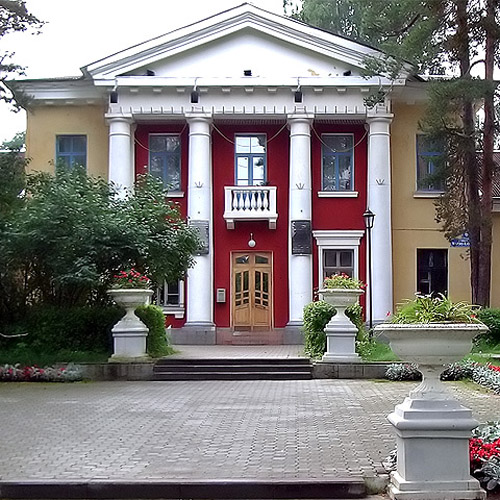Moscovium
115
Mc
Gruppe
15
Periode
7
Blokk
p
Protoner
Elektroner
Nøytroner
115
115
173
Generelle egenskaper
Atomnummer
115
Atomvekt
[288]
Massetall
288
Kategori
Andre metaller
Farge
I/T
Radioaktiv
Ja
Named after Moscow Oblast where Dubna is located
Krystallstruktur
I/T
Historie
Moscovium was identified in 2004 by a team composed of Russian scientists at the Joint Institute for Nuclear Research in Dubna, and American scientists at the Lawrence Livermore National Laboratory.
The team reported that they bombarded americium-243 with calcium-48 ions to produce four atoms of moscovium.
These atoms decayed by emission of alpha-particles to nihonium in approximately 100 milliseconds.
The team reported that they bombarded americium-243 with calcium-48 ions to produce four atoms of moscovium.
These atoms decayed by emission of alpha-particles to nihonium in approximately 100 milliseconds.
Elektroner per energinivå
2, 8, 18, 32, 32, 18, 5
Elektronkonfigurasjon
[Rn] 5f14 6d10 7s2 7p3
Moscovium is historically known as eka-bismuth
Fysikalske egenskaper
Fase
Fast stoff
Tetthet
- g/cm3
Smeltepunkt
-
Kokepunkt
-
Smeltevarme
I/T kJ/mol
Fordampningsvarme
I/T kJ/mol
Spesifikk varmekapasitet
- J/g·K
Forekomst i jordskorpa
I/T
Forekomst i universet
I/T

Bildekreditter: Wikimedia Commons (Hrustov)
Grunnstoffet ble oppdaget ved Det felles institutt for kjernefysisk forskning i Dubna, Russland
CAS-nummer
54085-64-2
PubChem Sammensatt identifikasjonsnummer (CID-nummer)
I/T
Atomegenskaper
Atomradius
-
Kovalent radius
162 pm
Elektronegativitet
-
Ioniseringsenergi
-
Molart volum
-
Termisk ledningsevne
-
Oksidasjonstilstander
1, 3
Bruksområder
Moscovium is used for scientific research purposes only.
Moscovium is harmful due to its radioactivity
Isotoper
Stabile isotoper
-Ustabile isotoper
287Mc, 288Mc, 289Mc, 290Mc, 291Mc